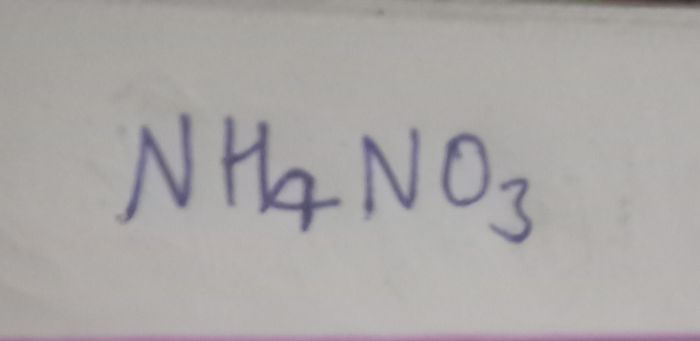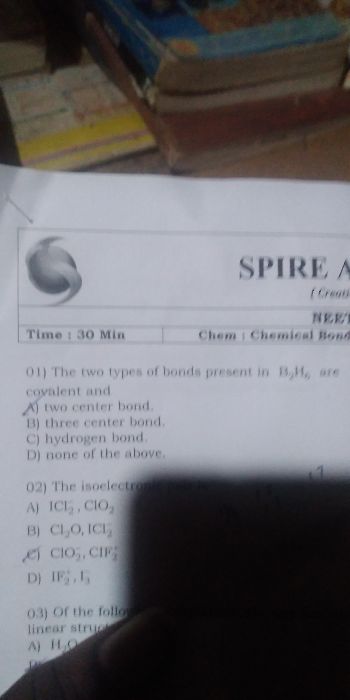CBSE Class 12-science Answered
HOW DOES HIGH INTER ELECTRONIC REPULSION OF NON-BONDING ELECTRONS LEAD TO SMALL BOND LENGTH IN CASE OF N-N BOND?
Asked by sureshkumar kumar | 12 Feb, 2014, 10:19: AM
Nitrogen possesses unshared pair or lone pair of electrons. Smaller size of Nitrogen; N leads to smaller N-N bond length. As a result, the lone pair of electrons on the both the N atoms repel each other leading to instability or weakening of N-N bond.
In other words, the N-N bond is weaker due to the interelectronic repulsion between the non-bonding electrons, owing to the small bond length in N2.
Answered by | 14 Feb, 2014, 10:53: AM
Application Videos
Concept Videos
CBSE 12-science - Chemistry
Asked by shwetayaligar205 | 21 Dec, 2022, 07:45: PM
CBSE 12-science - Chemistry
Asked by kushwaharitik9129 | 14 Jul, 2022, 01:06: PM
CBSE 12-science - Chemistry
Asked by gurugubellisaivishal2705 | 09 Jul, 2022, 12:16: PM
CBSE 12-science - Chemistry
Asked by nonuhasan2 | 20 Nov, 2021, 12:05: PM
CBSE 12-science - Chemistry
Asked by skumkum976 | 08 May, 2021, 03:49: PM
CBSE 12-science - Chemistry
Asked by cute44464 | 01 Mar, 2021, 01:17: PM
CBSE 12-science - Chemistry
Asked by manivannanbalakrishnan52 | 09 Dec, 2020, 10:06: PM
CBSE 12-science - Chemistry
Asked by onkaronkar618 | 12 Oct, 2020, 11:38: PM
CBSE 12-science - Chemistry
Asked by contactus.topperlearning | 13 Sep, 2020, 01:21: PM
CBSE 12-science - Chemistry
Asked by nishaohlyan835 | 30 Jun, 2020, 04:18: PM










